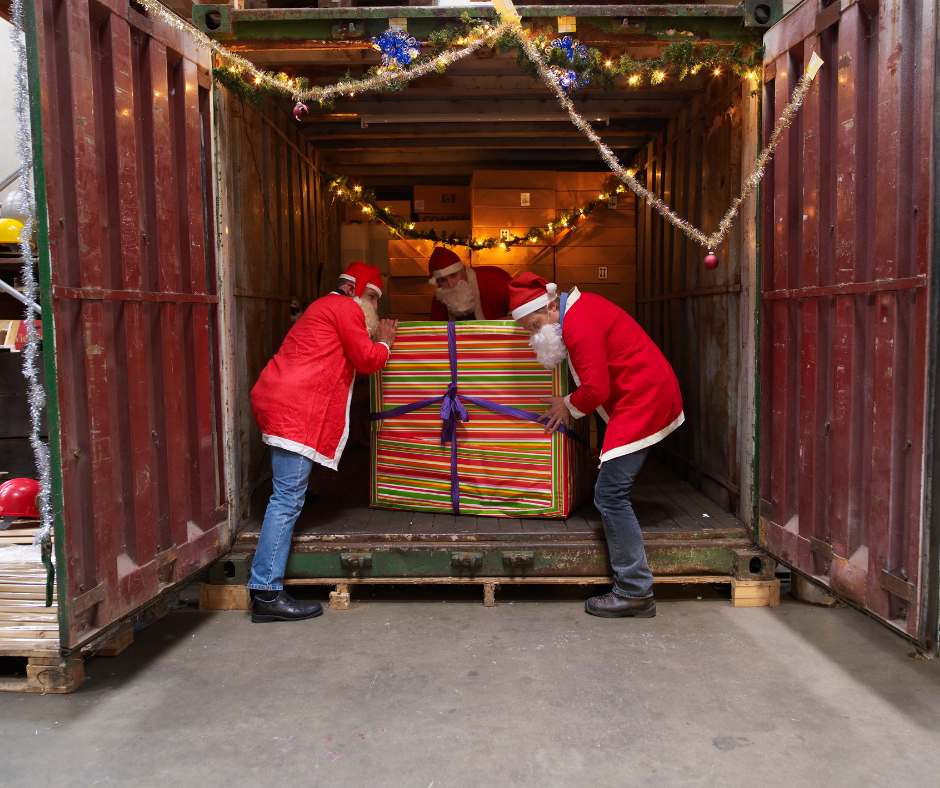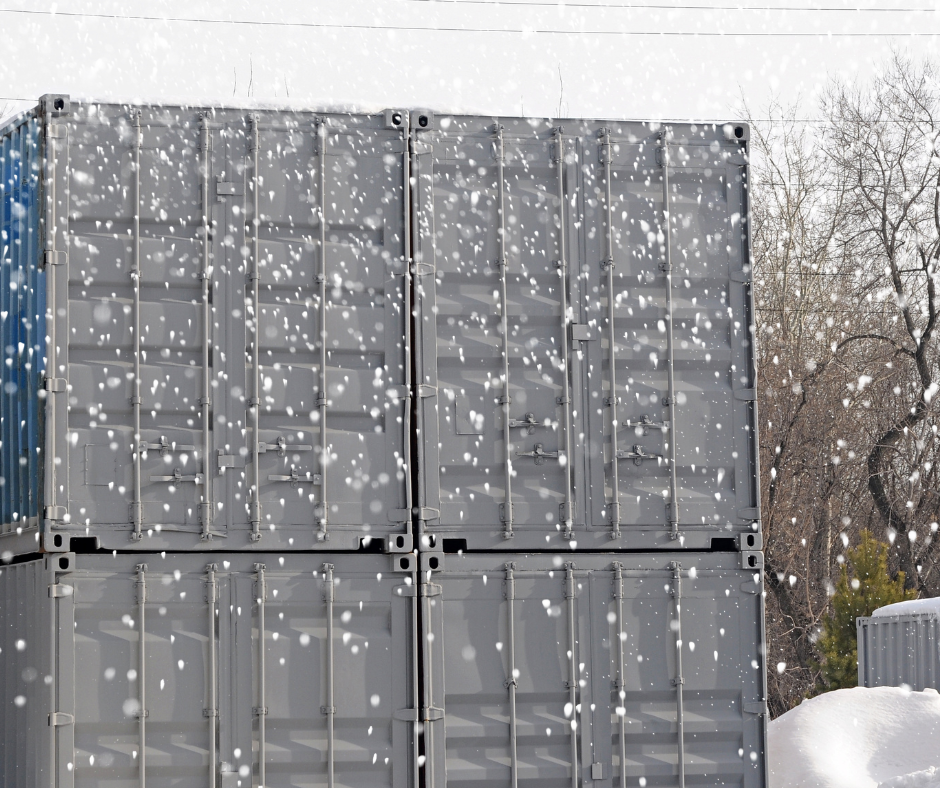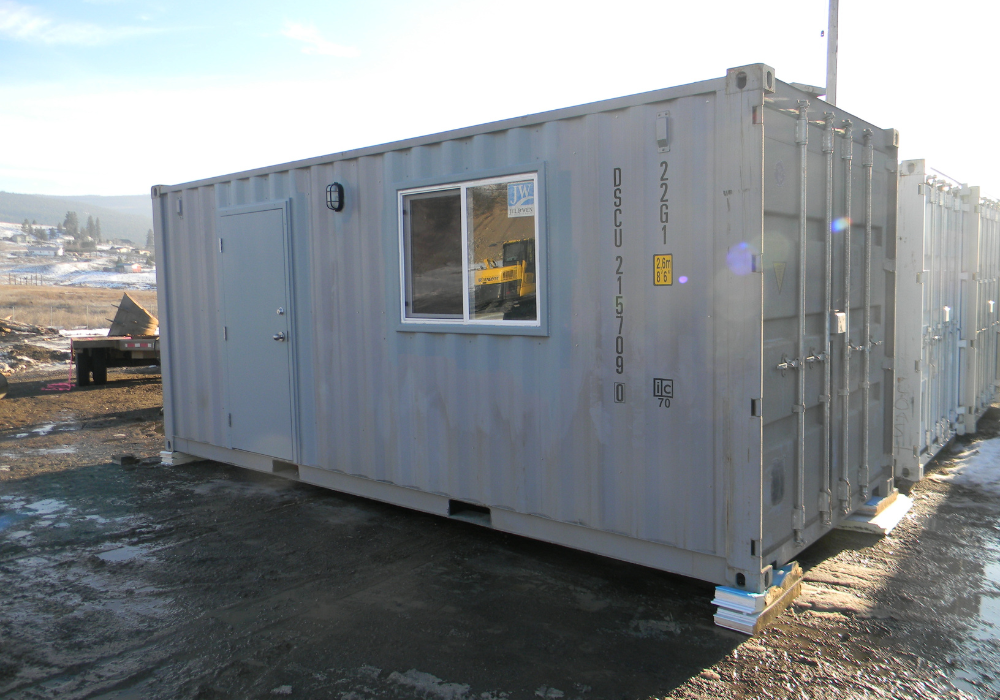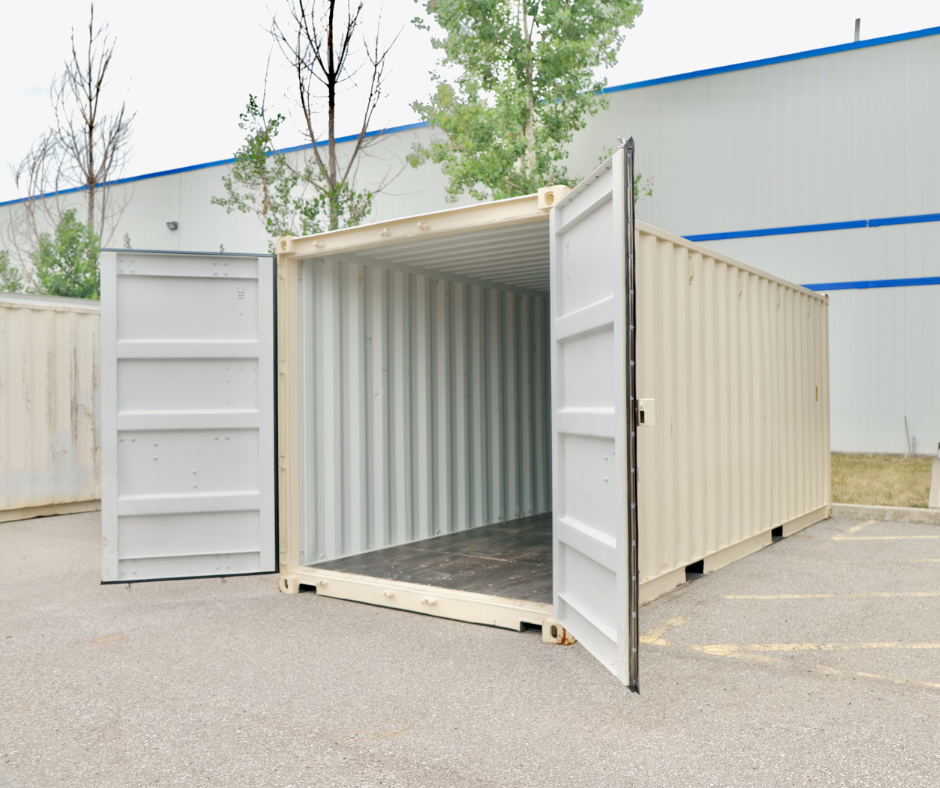Find out how your holiday preparations and events can stand out with the help of shipping containers this winter holidays. From holiday crafts studios to fundraisers and parades, discover some of the most popular uses for shipping containers during the holidays. With a little planning, decorating and creativity, there are endless possibilities for your shipping containers this winter.
1. How to Use Shipping Containers For Holiday Parades
The holidays are a time for celebration, with parades being one of the most popular ways to show the joys of the season. Using shipping containers in holiday parades adds an extra level of festivity and fun. Here are some tips to help make your shipping container float stand out this holiday season.
Tip 1: Choose A Holiday Theme For Your Container Float
The most exciting part about using shipping containers in your holiday parade is that they offer endless possibilities when it comes to design. You can choose any theme or colour scheme you like – whether it is traditional winter holiday colours or an entirely unique design – and turn it into reality with paint and decorations. You could even incorporate lights or music into the containers if you wanted! The only limit is your imagination.
Tip 2: Decorate Your Shipping Container For The Holiday Parade
Once you have chosen a theme and design, you can start decorating your container! Paint is a great way to make the shipping container stand out, but there are other options too, such as lights, wrapping paper or fabric. You can also add embellishments such as ribbons, bows, streamers and garlands. This will help create an eye-catching display that will wow viewers from afar.
Tip 3: Select Items to Display on Your Shipping Container Float
If you plan to decorate the inside of your container, there are a few things you can do to help make your float amazing for everyone. When selecting items for display within the container itself, think about things like toys, musical instruments, decorations, costumes or props that will match your chosen theme. Place these items carefully inside so that they can be seen from outside the container. If needed, attach lights inside in order to illuminate them during nighttime parades better. When all is said and done, you should have a colourful and captivating display ready for onlookers!
2. Holiday Fundraising and Donations with Shipping Containers
Shipping containers can be an effective tool when trying to increase holiday donations and fundraisers. They provide a safe place for organizations to store donated items while also acting as donation centers where people can drop off their items without having transportation issues or long drives. If your fundraiser simply needs a temporary space to store all the generous donations, then shipping containers are secure and weatherproof solutions. Plus, they can be used as marketing tools during the holidays too. For example, you can paint the containers festive colours and put up signs outside of them that explain what types of donations you are looking for this season!
3. Create a Winter Wonderland with Shipping Containers
Shipping containers are large enough that you can create your own mini-winter wonderland in your backyard or front yard. This would be especially fun if you have kids who would love to explore and play in their own winter wonderland! If you are feeling ambitious, you can even build a full-on snowman village out of several different containers. Another idea is building a containerized igloo out of multiple containers that have been connected together. If you have a business that participates in holiday community events, markets, and fundraisers, this could also be a fantastic holiday shipping container idea.
4. Winter Shipping Container Movie Theatre
You can transform a 20-foot shipping container into an outdoor movie theatre. With some insulation, seating, and a projector, you can have the perfect setting for a holiday movie marathon with friends and family. You can even include heating units and ventilation systems to help create a warm and comfortable space during the colder winter months. Remember to keep your snacks in a secure place and to clean up any food that is dropped. This will help you avoid accidentally attracting unwanted furry friends from finding their way inside when you have the doors or windows open.
5. Bring Some Life To Your Local Park
Similar to the winter wonderland idea, shipping containers can also be used to bring some life back into your local park during the winter months. You could set up a few shipping containers with festive decorations outside the park entrance to welcome guests or even create a mini-holiday market inside one of them for visitors to browse through while they are at the park. Either way, it is sure to make any park feel more festive and inviting during this usually gloomy time of year!
6. Create A Holiday Arts and Crafts Studio or Workshop
Looking to get creative this holiday season? Turn a shipping container into an art studio for the holidays! Depending on how large of a container you need, a 20ft or 40ft container can create the ideal space. You may need to do some additional insulation work, but it is worth it if you want to get crafty without disturbing anyone else in the house. Once complete, fill the space with plenty of natural light and lots of art supplies, and you even have yourself an art studio to use all year round!
If you have holiday DIY projects or simply need more workspace during the holidays but do not have much room in your home or garage, consider turning a shipping container into a portable workshop! With some basic tools like hammers, saws, nails, screws, etc., you will be able to construct whatever project you may have on your list this holiday season without taking up valuable space in your home or garage.
7. Winter Holiday Shipping Container Storage Solutions
The winter holiday season is a critical time for businesses that rely on shipping products. To ensure your business can meet the seasonal demand, it is important to have an efficient storage solution. Shipping container storage is an ideal solution for many businesses during this time of year. Here are some ways that shipping containers can help with your holiday commercial storage this year:
- Used shipping containers are perfect for storing equipment, tools, and materials at work sites during the winter holidays
- New shipping containers can help keep office supplies, documents, inventory, and other items dry and safe
- If you need to declutter your store to create space for decorations and displays, you keep your items nearby in case you need them during the busy holiday season
- Shipping containers are great if you need somewhere to keep all your holiday stuff safe until next year
- If you have a seasonal holiday store, then consider using shipping containers to store items for the season
Final Thoughts
Celebrating the holidays does not have to be expensive or difficult when using these creative ideas involving shipping containers! From holiday parades and fundraisers to convenient and affordable winter holiday storage solutions, shipping containers are popular options for businesses and families alike.
If you need a container, then Coast Containers has new and used containers for sale in Canada. You can request a quote or contact us today to find out more about our various sea cans, accessories, and modifications available.
Not ready to buy yet, but still need a storage container this winter? Make Space Storage our partner company, has self-storage units, parking spaces, and portable storage solutions for families and businesses across Canada.















